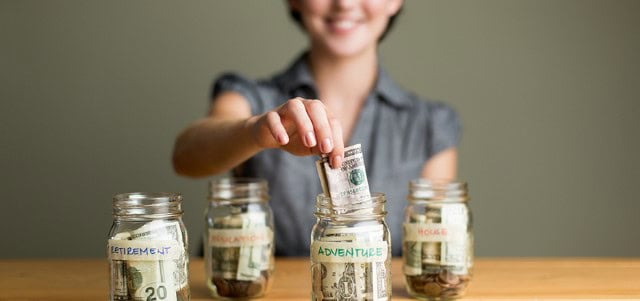No idea where your money goes every month? It’s quite possible that it’s not the big purchases – but lots of little things that are secretly eating into your budget. Time to get to the bottom of it and make sure you have the necessary means to try out the new slotsgem casino.
It often starts gradually. A few new debits that you can’t immediately identify. A few small purchases that add up to a surprisingly large sum. Reserves that you’ve been meaning to build up for a long time – but somehow never got around to. And above all, there’s that vague feeling: “I really should do something about that…”
As long as there’s no crisis, many people simply let their finances run their course. But at some point, you realize that “somehow it’ll work out” is not a plan. With a certain amount of financial planning, you know where you stand, make better purchasing decisions, and put your money to work exactly where it has the most impact. And the first step toward a sustainable financial setup is easier than you think.
Taking the right steps
Step 1: Create clarity – understand the current situation
Getting your finances in order doesn’t mean nitpicking over every penny, nor does it mean laboriously creating a comprehensive, eternally valid overall concept. It means becoming aware of what actually happens to the money you earn.
And that starts with a simple first step: taking a look.
- What comes into your account each month—and what goes out again?
- Which payments are fixed, such as rent, electricity, insurance, gym membership, telephone, streaming, and so on?
- Which expenses tend to arise incidentally—during weekly shopping, for snacks at the office, during spontaneous shopping trips?
A household budget book can be very helpful here. For example, get the free Excel spreadsheet template from UmweltBank, which includes an annual planner with predefined expenses and calculations. Apps that allow you to record your daily expenses and assign them to specific categories (drugstore, clothing, going out) are also useful. The export function in your checking account statement is also useful here—it allows you to check everything at your leisure.
The key is to make your income and expenses visible and gain clarity. Step by step, be honest with yourself—and initially without judging whether it’s good or bad. This clarity is the basis for the next step: making more conscious decisions.
Step 2: Gain self-determination – make conscious decisions
After just one month, your view of your expenses will change. You will recognize patterns and ask questions:
- Which expenses benefit you, make you smarter and healthier, and give you lasting pleasure?
- Which expenses satisfy only a brief impulse that brings no long-term benefit?
- Are there things you pay for regularly without really using them? (Unnecessary subscriptions, memberships, insurance policies, etc.)
- Does your current approach to money match your goals and values?
If you were to consciously replan your expenses today, would they look the same as they do now?
A household budget book is not about deprivation. It’s about clarity and self-determination. In step 1, you gain insights. These insights enable you to question everything in step 2. And then you make more conscious financial decisions – or save money with a few hacks.
Step 3: Optimize your spending – small steps for big savings
On the path to getting a better handle on your finances, one of the most important rules is: you don’t have to be perfect. It’s the many small steps that count – and the most important one is always the next one.
Optimization Wednesday. Every Wednesday evening, take a look at one (!) of your recorded expenses, for example, your smartphone. Consciously check whether an additional service can be canceled or the tariff changed. With just one small step per week, you will have optimized 52 expenses after a year.
No-buy week. For seven days, don’t buy anything that isn’t necessary: no coffee to go, no spontaneous online bargains, no food delivery services, no impulse purchases “because it’s on sale.” This isn’t about deprivation, but about relief. Many expenses are impulsive—and make you feel guilty afterwards. Start with individual no-buy days and work your way up.
The fun budget. Based on your analysis in step 1, you know how much you spend on fun (going out, movies, etc.). Define an amount, e.g., €100 for all non-essential activities. Once the budget is used up, there is no more. Sounds strict, and it is. But it helps you to better distinguish between what is worth it and what is not. It’s best to pay in cash so that the effect is noticeable.
The shopping day. Reduce your online shopping by not paying for your shopping cart immediately. Collect your wishes, yes, but only buy on set days, such as every Monday evening or on the 1st of the month. You’ll be amazed how many impulse purchases disappear from your shopping cart…



